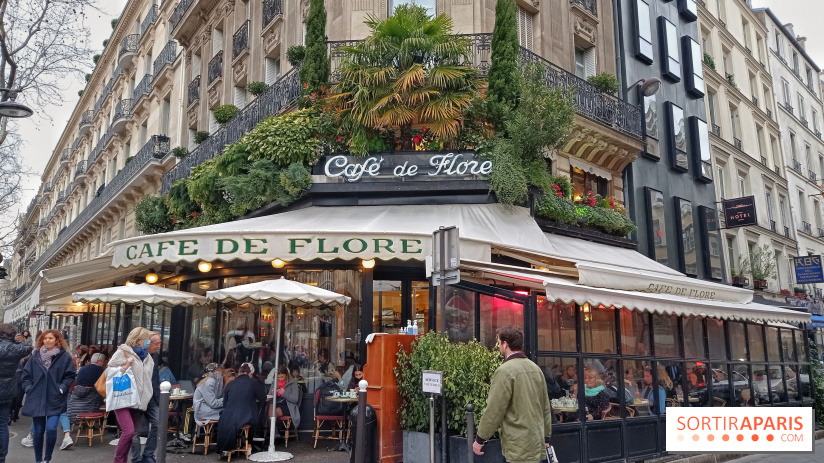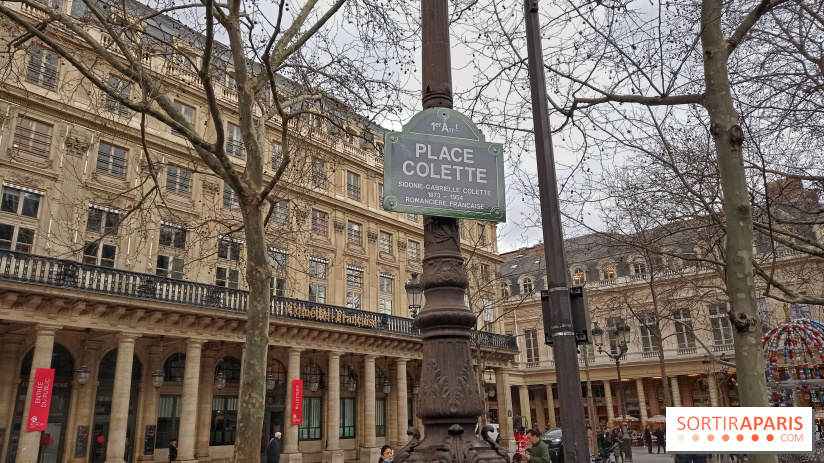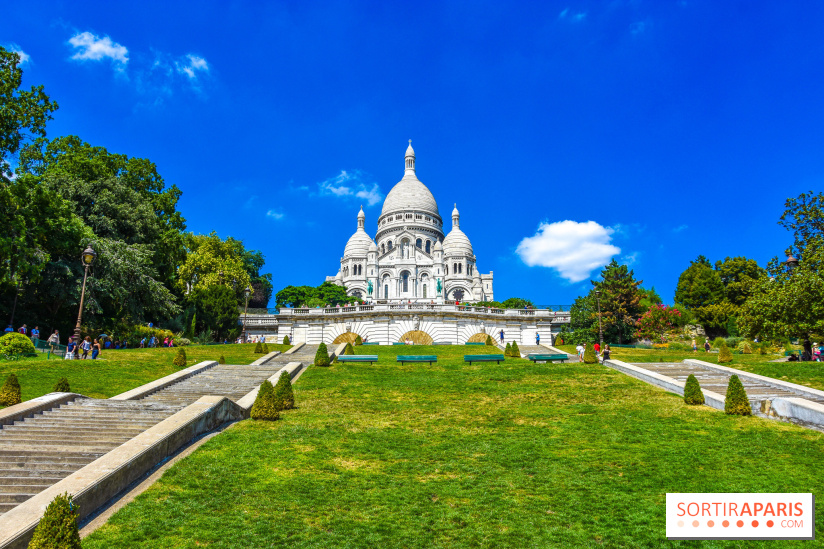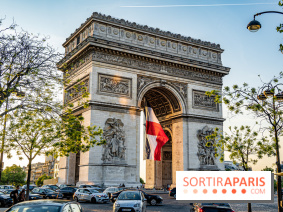For International Women's Rights Day, we're taking you on a walk in the footsteps of the incredible women who changed our lives: the right to abortion, the right to vote, the first woman to teach... Thanks to them, French women are slowly moving towards gender equality. From Simone Veil to Simone de Beauvoir, let's take a little tour of the capital at the heart of our history.
On foot, it will take you almost two hours to tour these places steeped inhistory and feminism, through some of the capital's most beautiful districts.
French magistrate and stateswoman, Simone Veil was Valéry Giscard d'Estaing's Minister of Health in 1974, responsible for passing the law decriminalizing voluntary interruption of pregnancy (abortion). After a bitter struggle to get this text, dubbed the"Veil law", through the National Assembly and the Senate, she emerged as a feminist icon fighting for women's rights. The first president of the European Parliament, she was also elected to theAcadémie française in 2008. Following her death in June 2017, Simone Veil returned to the Panthéon, becoming one of the few women to be enshrined there.
Subway: Assemblée nationale
Author Simone de Beauvoir spent a lot of time at Café de Flore, as did her friend/lover Jean-Paul Sartre. The place thus became a veritable headquarters for many 20th-century writers. She participated in the women's liberation movement, notably with her book"Le Deuxième Sexe", and was a leading theorist of the feminist movement.
Metro: Saint-Germain-des-Prés
A journalist and woman of letters, Colette was the second woman elected to theAcadémie Goncourt in 1945. Highly committed to women's freedom, she claimed to be bisexual and wrote extensively on the subject. Colette was very fond of the Palais-Royal district, which she described as a "little province in Paris", and where she ended her life. A square there bears her name, at her daughter's request. She was the first woman in France to receive a state funeral.
Metro: Palais-Royal
A true papess of fashion, Coco Chanel opened her first boutique in Paris in 1910. Today, the brand is renowned the world over, but for its time, women's fashion was far less modern than Coco's collections. She advocated the liberation of the female body, with a more relaxed style, supple shapes and comfortable materials. At 31 rue Cambon, you'll find the couturier's apartment and one of the boutiques of the famous fashion house. The salons on the 1st floor have hosted numerous haute couture shows.
Subway: Concorde
Louise Michel is one of the symbols of the Commune, a particularly violent event in which she distinguished herself. An anarchist, she fought for women's rights and was one of the first to demonstrate her willingness to fight alongside men, not just to care for the wounded. At the end of the Commune, Louise Michel was sentenced to the penal colony of New Caledonia, where she kept up a correspondence with Georges Clemenceau. She was an important figure in French democracy.
Subway: Abbesses
Olympe de Gouges was an 18th-century avant-gardefeminist whowrote controversial political works on the status of women. She wrote some twenty political plays, but is best known for having drafted the 1791 Declaration of the Rights of Women and the Citizen, at 18 rue Servandoni, in the 6th arrondissement of Paris.
Subway: Saint-Sulpice
Aurore Dupin, aka George Sand, is best known by her authorial name. The writer had to choose a masculine-sounding name, after suffering discrimination in 19th-century Parisian literary circles. With her strong personality and androgynous style of dress, she was never fully accepted by her peers. Yet she left her mark on posterity with numerous novels, stories and plays. She was against marriage and fought against the prejudices of conservative society, which she helped to change as many women took up the torch after her. Some of her works are on permanent display at the Musée de la Vie romantique in Paris.
Subway: Saint-Georges
The first woman to teach students, Marie Curie was a renowned physicist and chemist, who led fruitful research into radioactivity. Her research earned her a Nobel Prize in Physics in 1903 and in Chemistry in 1911. With her husband Pierre Curie, she discovered two new elements, radium and polonium. The University of Paris and the Pasteur Institute created the Curie Laboratory for her. Like Simone Veil, she is one of the few women to be laid to rest at the Panthéon. The nearby Musée Curie provides an insight into the history of radioactivity and science.
Subway: Monge
So, are you ready to follow in the footsteps of those who helped change our lives?
Dates and Opening Time
Starts November 8, 2024
Prices
Free
Average duration
2 h















































